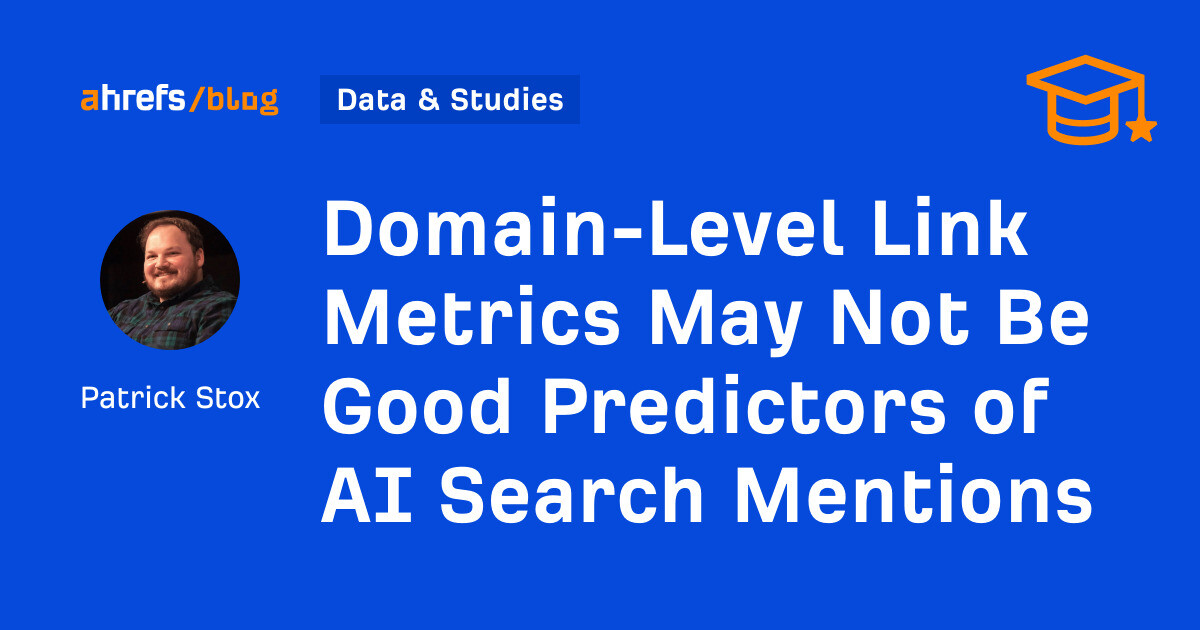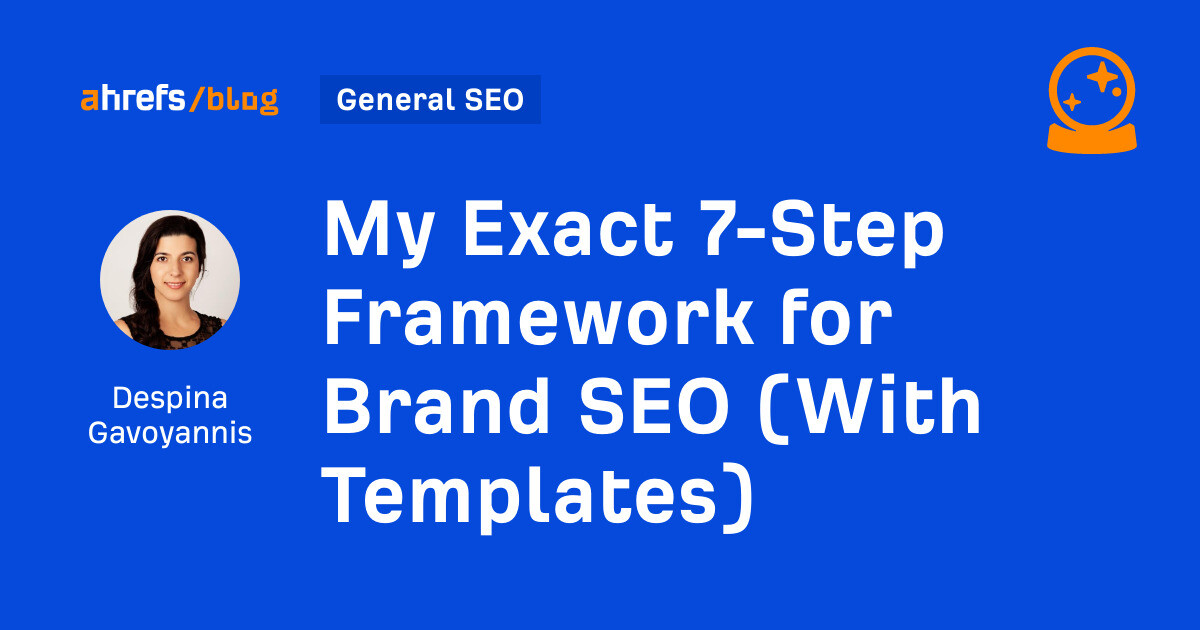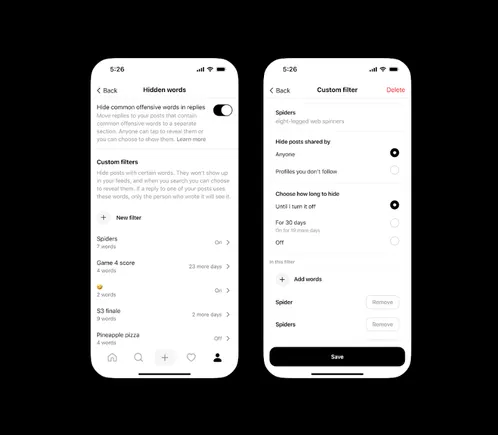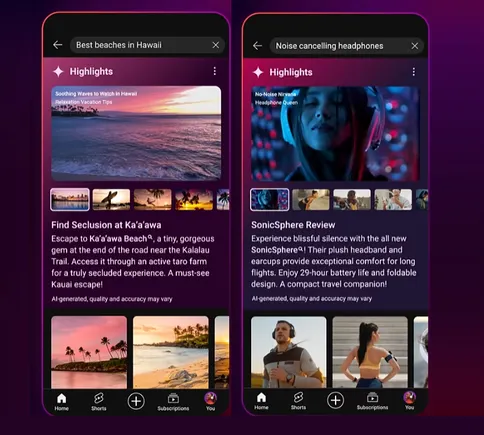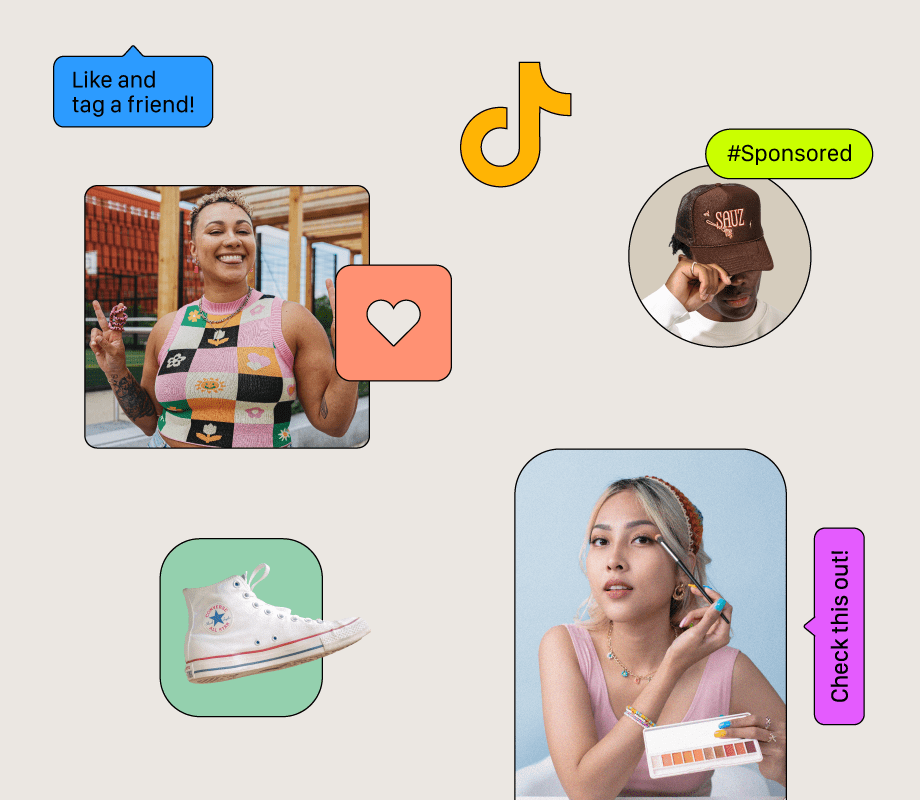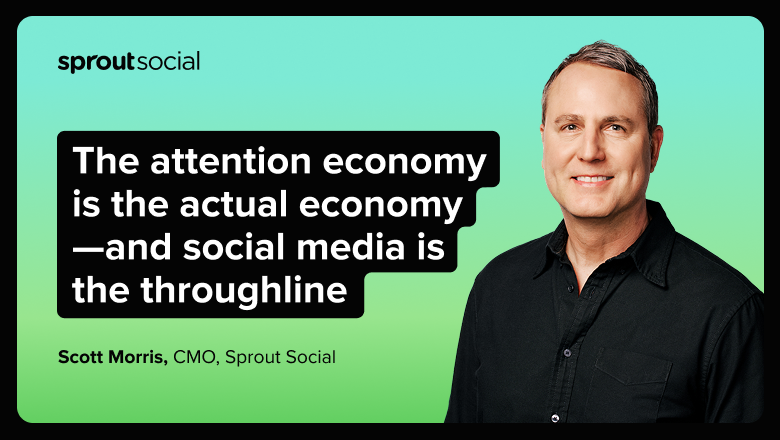Data-Driven Personalization: What’s Changed 1-Year Since the Book Launched? AI, Privacy, and Synthetic Data
Since my book, Data-Driven Personalization, was released in spring 2024, I’ve had the chance to share the frameworks and ideas within it at conferences across the United States. In my conversations, I’ve been heartened to hear that its ideas resonate with marketers and business leaders from all industries: We know that personalization is important to […] The post Data-Driven Personalization: What’s Changed 1-Year Since the Book Launched? AI, Privacy, and Synthetic Data appeared first on Convince & Convert.

Since my book, Data-Driven Personalization, was released in spring 2024, I’ve had the chance to share the frameworks and ideas within it at conferences across the United States. In my conversations, I’ve been heartened to hear that its ideas resonate with marketers and business leaders from all industries: We know that personalization is important to our customers. We know that we need to harness the power of the data that our organizations possess. We just need to develop our roadmap to doing it.
Furthermore, we as an industry continue to explore the opportunities that LLMs and AI have unlocked. Now that human language (English, French, German, Chinese) can be the language of code, query-building, and programming, we all have opportunities to get more out of our organizations’ data. But things are changing fast, and we’re just scratching the surface of possibilities.
So today, I wanted to write about what’s changed in the year since the book’s launch, what has stayed the same, and what has become even more pronounced.
Expectations Around Personalization Are Consistent Globally
In writing the book, I worked with my friends at Researchscape to survey American adults about their attitudes towards personalization in 2023. We found that 88% of them said it was somewhat to extremely important that brands engage with them based on past interactions and shared history.
More recently, Qualtrics XM Institute’s 2024 Global Consumer Study found that 64% of adults globally prefer to buy from companies that tailor their experience to their wants and needs. This survey of 23,000 adults worldwide showed that these attitudes generally hold true, but they are the strongest in India (82% agree with this statement) and weakest in Japan (37%), reflecting different cultural norm and attitudes towards technology.
The lesson for companies, especially those that operate in different markets is that, while everyone expects more personalization, how much personalization your audience may be comfortable with will depend on their cultural norms. So adapt your roadmap accordingly.
AI Is Making Personalization More Possible Than Ever
It’s no surprise that AI has upped the game, when it comes to personalization. In terms of customer experience: as more companies use chatbots as part of their CX toolkit, they’re delivering more personalized responses to customers in real time. But are companies thinking about integrating the working memory of those conversations into their customer records? Just as you expect your sales rep to keep notes about interactions you’ve had with them in the past, customers will expect their chatbots to have context of previous conversations to help keep things moving forward, like they have in their own instances of their favorite LLMs.
For marketers: AI is making it easier to create multiple versions of creative, each tailored to different segments. Some of those tools (Optimizely, Persado) can adapt individual customers’ experiences on websites, but even just streamlining the workflow for a small marketing team to be able to create 10 or 20 versions of creative, instead of 3, allows teams to be more thoughtful about how they appeal to different audience segments. Imagine a workflow where a team creates one version of the creative and their AI agent automatically fills in the rest of the versions to feed into their website or ad environment.
The Need for Privacy & Data Security Becomes More Pronounced
My research for the book indicated that, when asked about the balance between privacy and personalization, about 44% of those surveyed preferred convenience, 25% preferred a balance of the two, and 31% preferred privacy.
In the XM Institute research, they found that 53% of global consumers are extremely or very concerned about the privacy of their personal information, and only 33% trust companies to use their personal information responsibly.
As companies continue to leverage their data for personalization and targeting, they need to be thoughtful about customer comfort with their data being used for training, targeting, and access. While personalization often needs to be tied to an individual, at a segmentation level or at an organizational learning level, it makes sense to put some anonymity between your individual customer accounts and your machine learning tools.
Enter: synthetic data. Synthetic data is a data set that is statistically similar to its source data, but because it’s entirely generated by AI, it’s not real data associated with real individuals. It’s then used as the training set for machine learning, giving your customers more individual privacy, but providing your organization with the ability to learn off of real customer patterns to improve marketing and customer experience.
More and more organizations will leverage synthetic data—which, let me be clear, needs to be based off of a real data source—to help provide more privacy and make data sources usable for marketing purposes, in the years to come.
Customer Loyalty and Personalization Become Further Entwined
We all appreciate the experience of our local hang-out spot, the place where everyone knows your name. That’s the kind of personal touch that keeps you coming back. Brands like Orangetheory—which used 1:1 video to increase class attendance—are using digital tools, at scale, to offer that kind of personal touch.
But it’s not just about scaling more 1:1 touchpoints. In the book, I talk about the reasons why brands must focus on building loyalty among their best customers (hint: it’s the higher customer lifetime value), and the latest research shows that both brands and customers get it. Deloitte Digital released a report in June 2024 that indicates that more than eight in ten brands predict they’ll offer personalized rewards through their loyalty programs, driven by the 73% of customers who want “loyalty rewards that feel personalized.”
What’s Next for Data-Driven Personalization?
Personalization is just one aspect of a truly data-driven marketing strategy, and what we’ve seen over the last year is that this is truly just the early stages of maturity for our industry. As marketers continue to explore what’s possible with more AI and machine learning tools in our repertoire—both in terms of data analysis and customer experience—we will see the gap widen between brands that have a data-driven marketing strategy and those that don’t.
Want to learn more about building your data-driven marketing strategy? Get your copy of Data-Driven Personalization at a special rate just for Convince & Convert readers. Use discount code: CCData20 on orders from Kogan Page to save 20% (orders in the US and UK also get free shipping, too!).
The post Data-Driven Personalization: What’s Changed 1-Year Since the Book Launched? AI, Privacy, and Synthetic Data appeared first on Convince & Convert.


























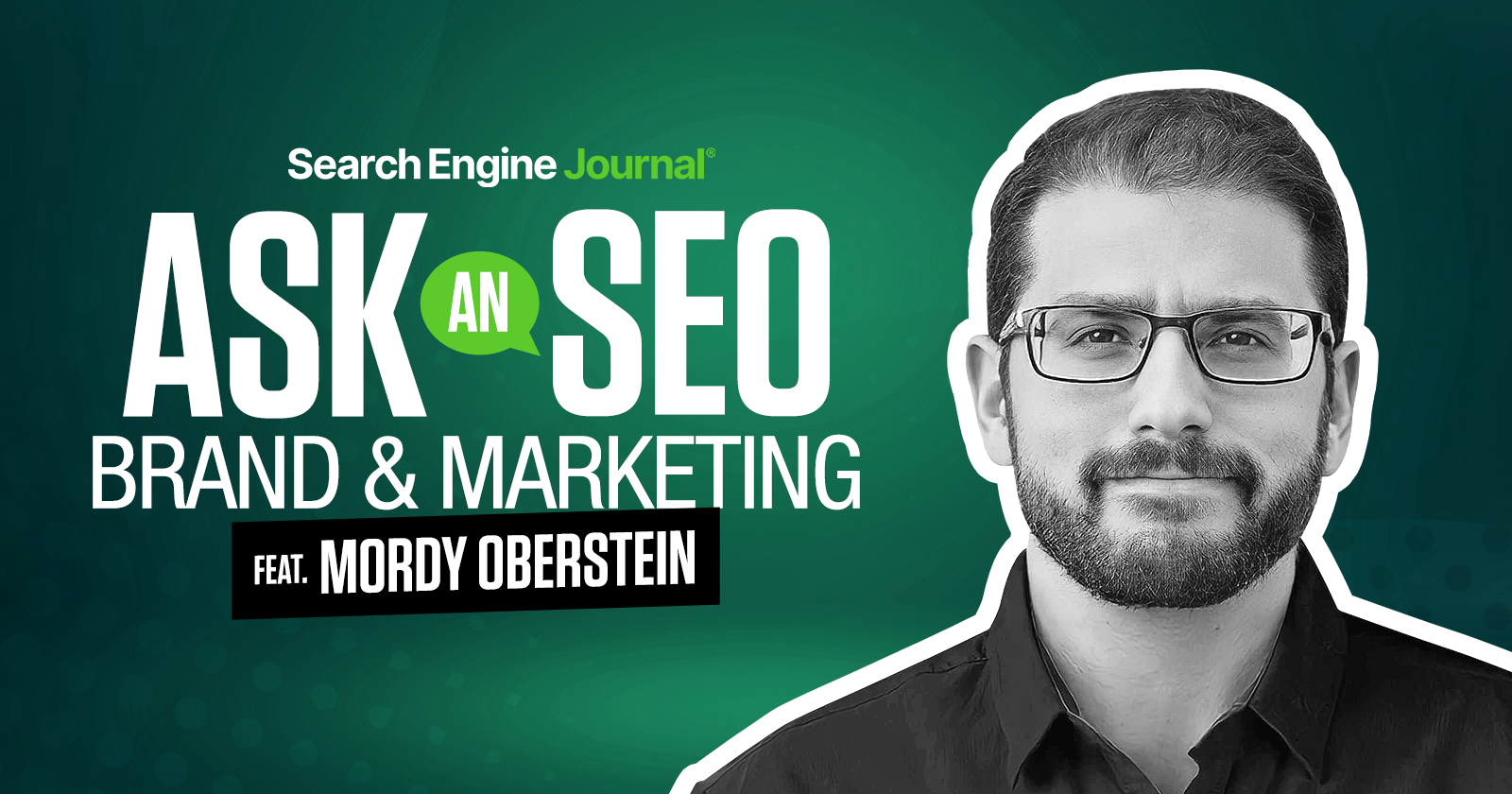
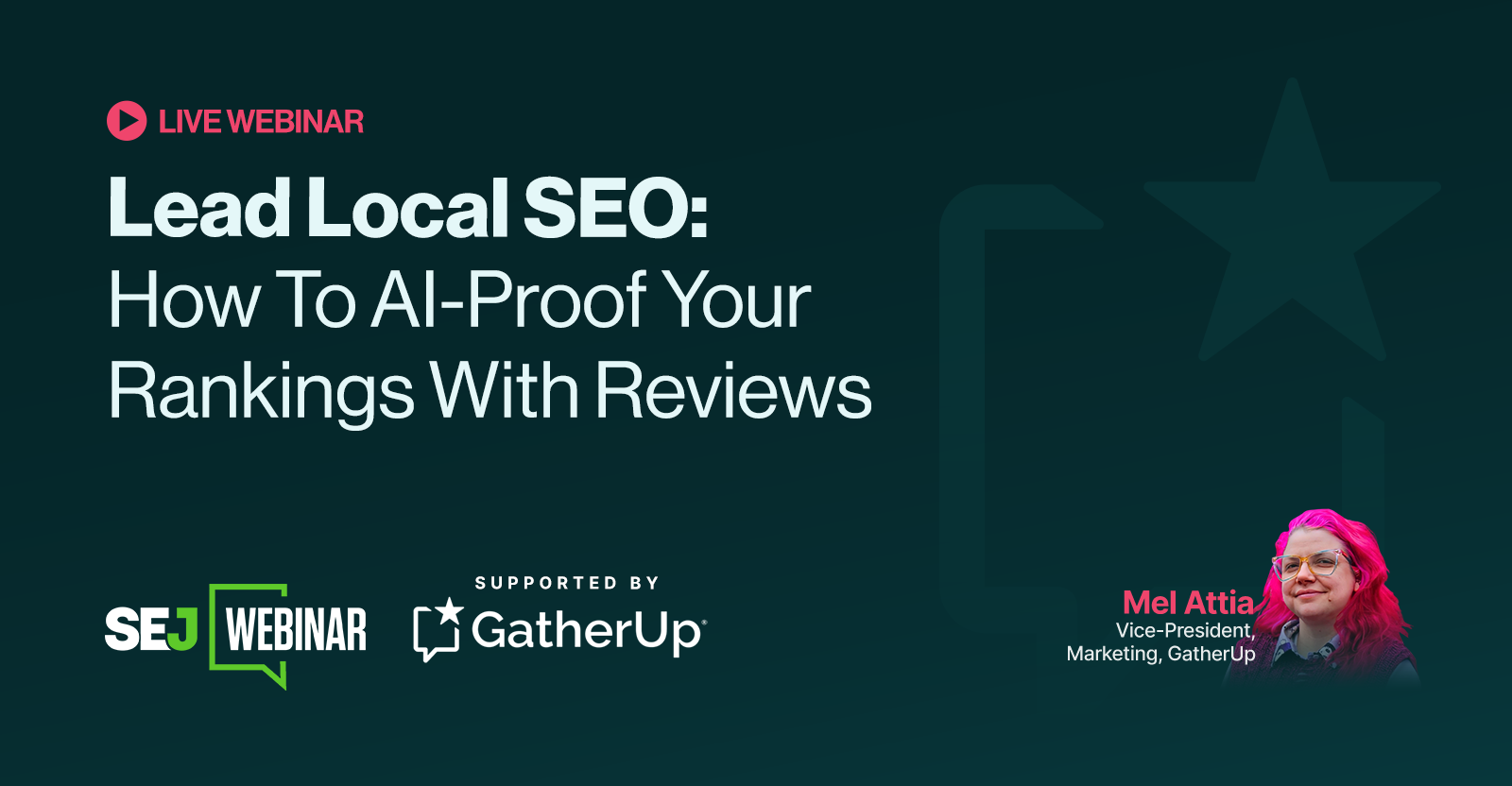








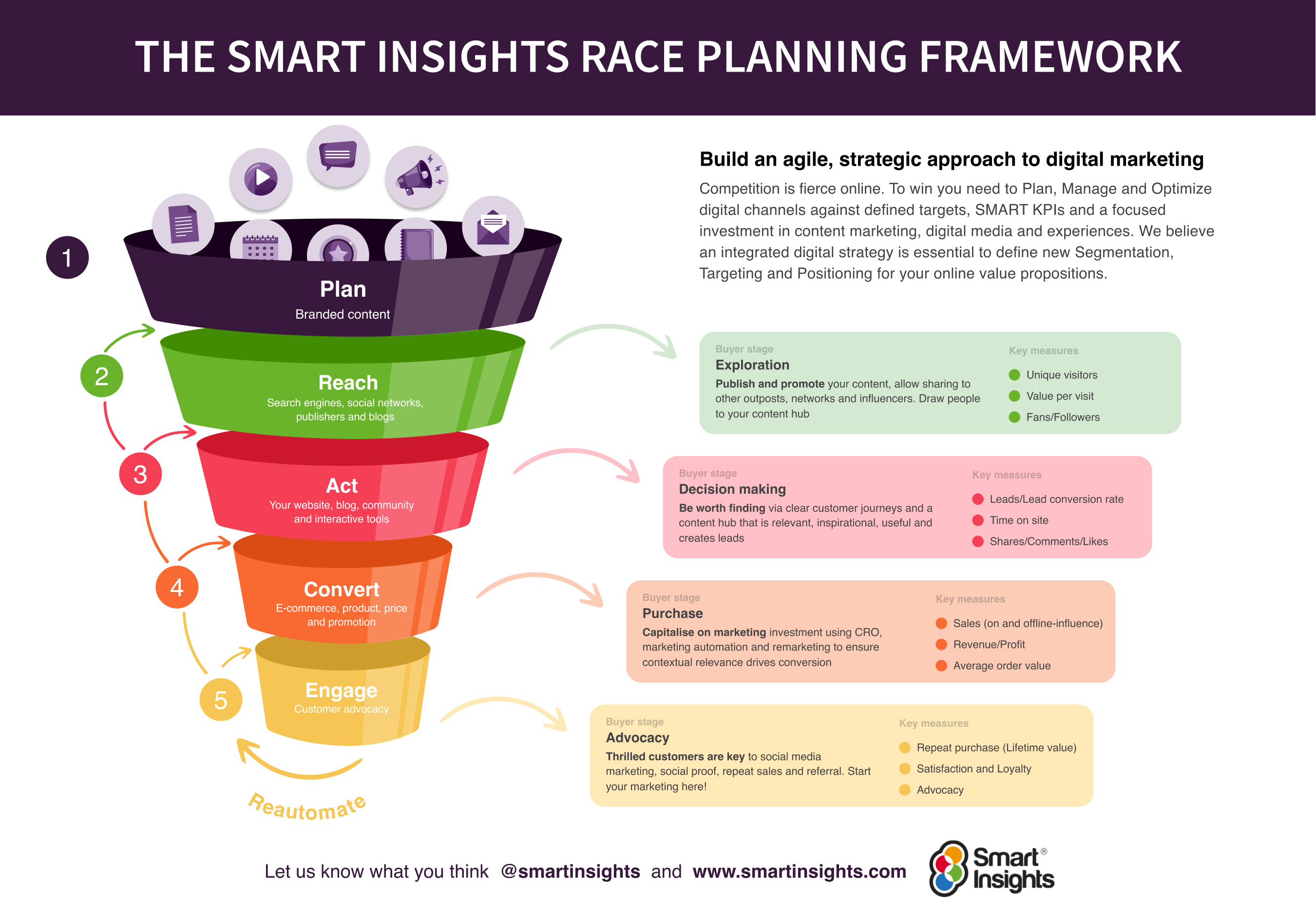











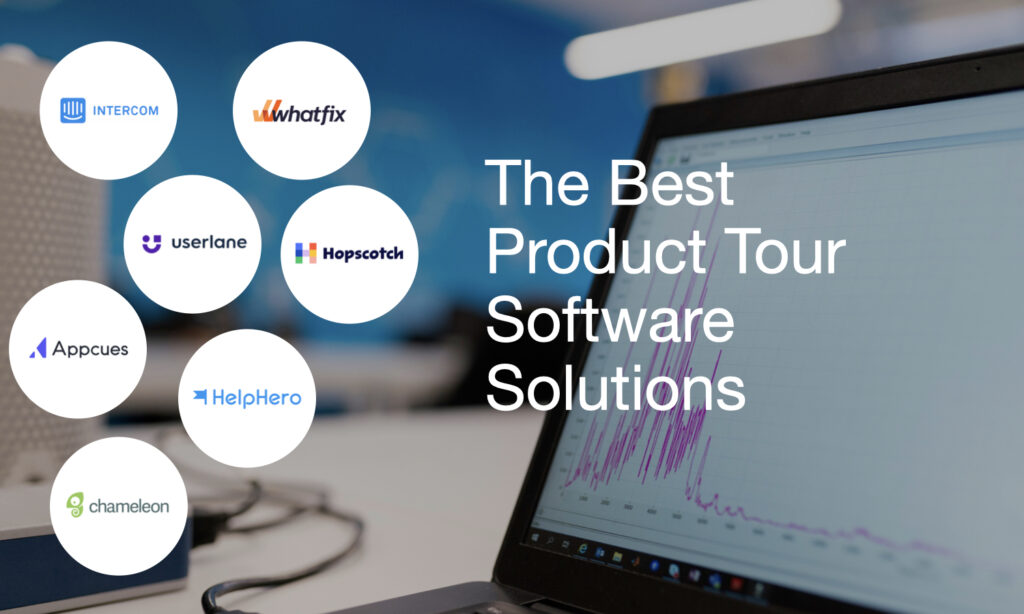





































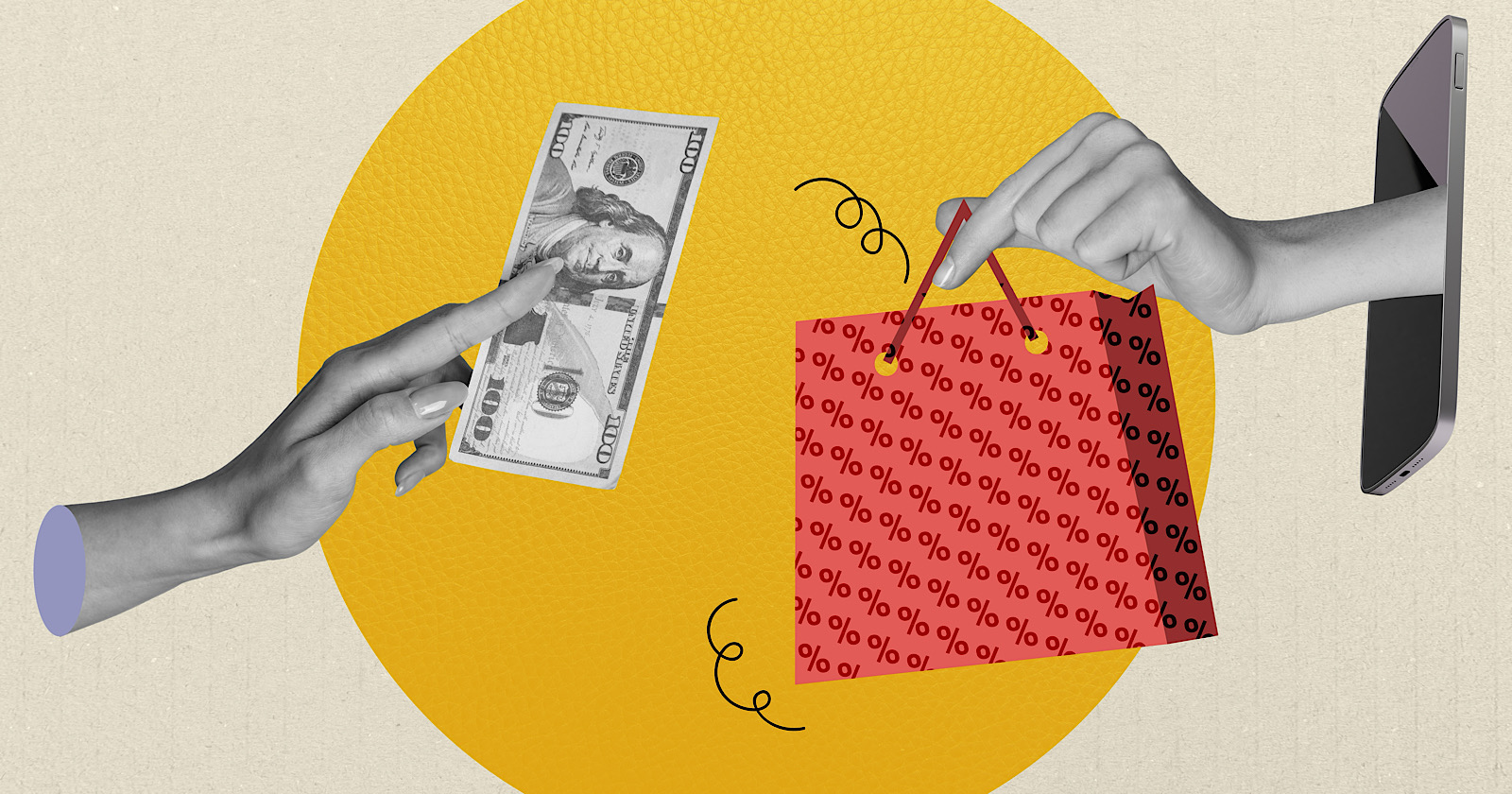
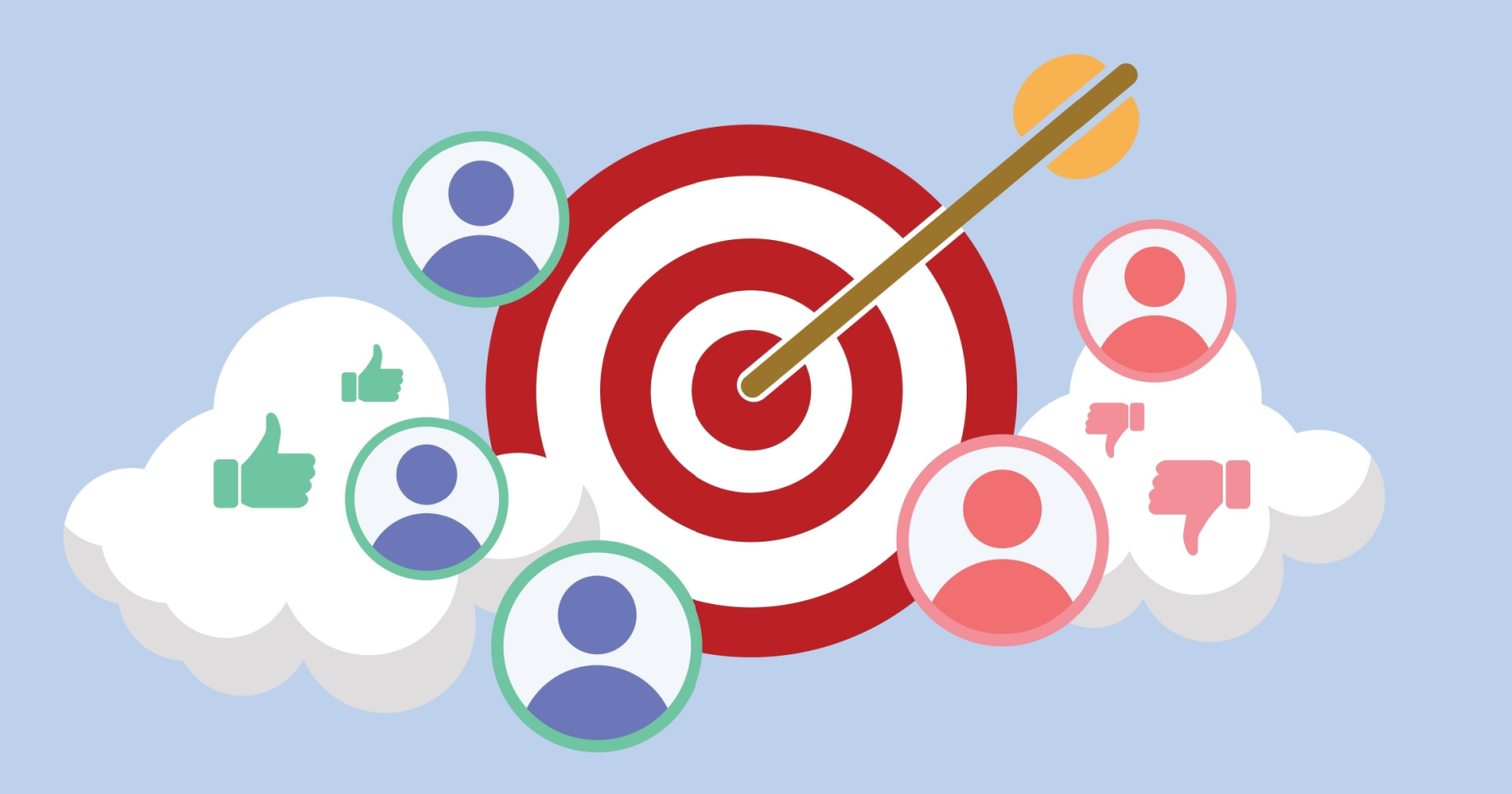

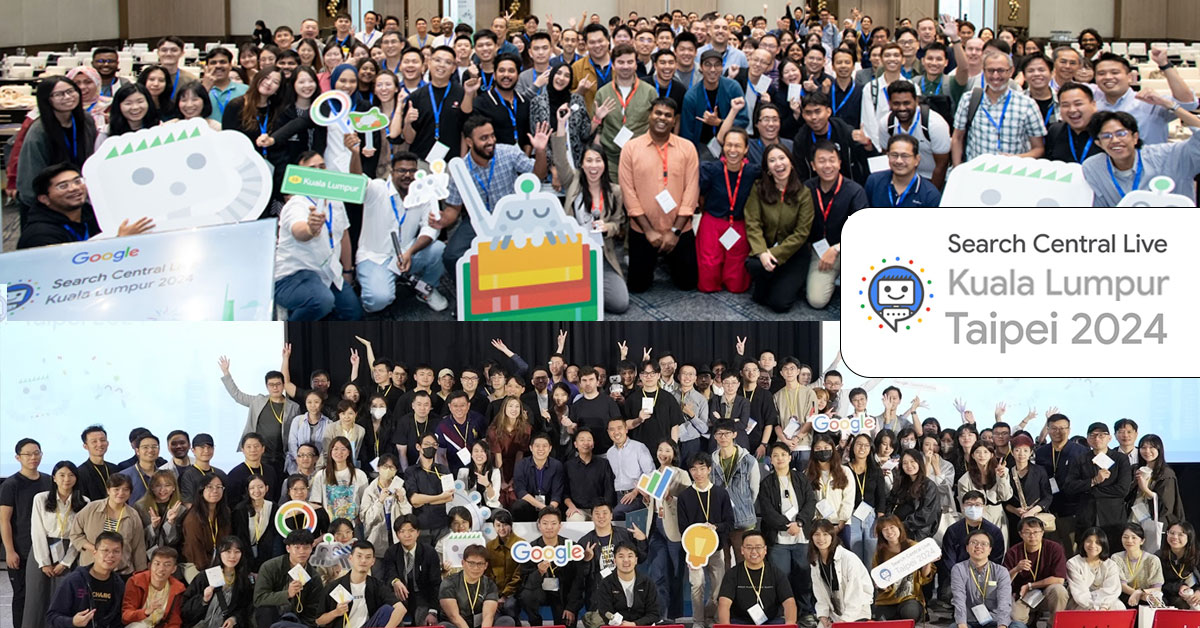

![Brand and SEO Sitting on a Tree: K-I-S-S-I-N-G [Mozcon 2025 Speaker Series]](https://moz.com/images/blog/banners/Mozcon2025_SpeakerBlogHeader_1180x400_LidiaInfante_London.png?auto=compress,format&fit=crop&dm=1749465874&s=56275e60eb1f4363767c42d318c4ef4a#)
![How To Build AI Tools To Automate Your SEO Workflows [MozCon 2025 Speaker Series]](https://moz.com/images/blog/banners/Mozcon2025_SpeakerBlogHeader_1180x400_Andrew_London-1.png?auto=compress,format&fit=crop&dm=1749642474&s=7897686f91f4e22a1f5191ea07414026#)
![How to Create an SEO Forecast [Free Template Included] — Whiteboard Friday](https://moz.com/images/blog/banners/WBF-SEOForecasting-Blog_Header.png?auto=compress,format&fit=crop&dm=1694010279&s=318ed1d453ed4f230e8e4b50ecee5417#)
![What Are Good Google Ads Benchmarks In 2025? [STUDY] via @sejournal, @brookeosmundson](https://www.searchenginejournal.com/wp-content/uploads/2025/06/benchmark-273.png)







![AI Content Is 4.7x Cheaper Than Human Content [+ New Research Report]](https://ahrefs.com/blog/wp-content/uploads/2025/06/ai-content-is-4.7x-cheaper-than-by-ryan-law-data-studies.jpg)
